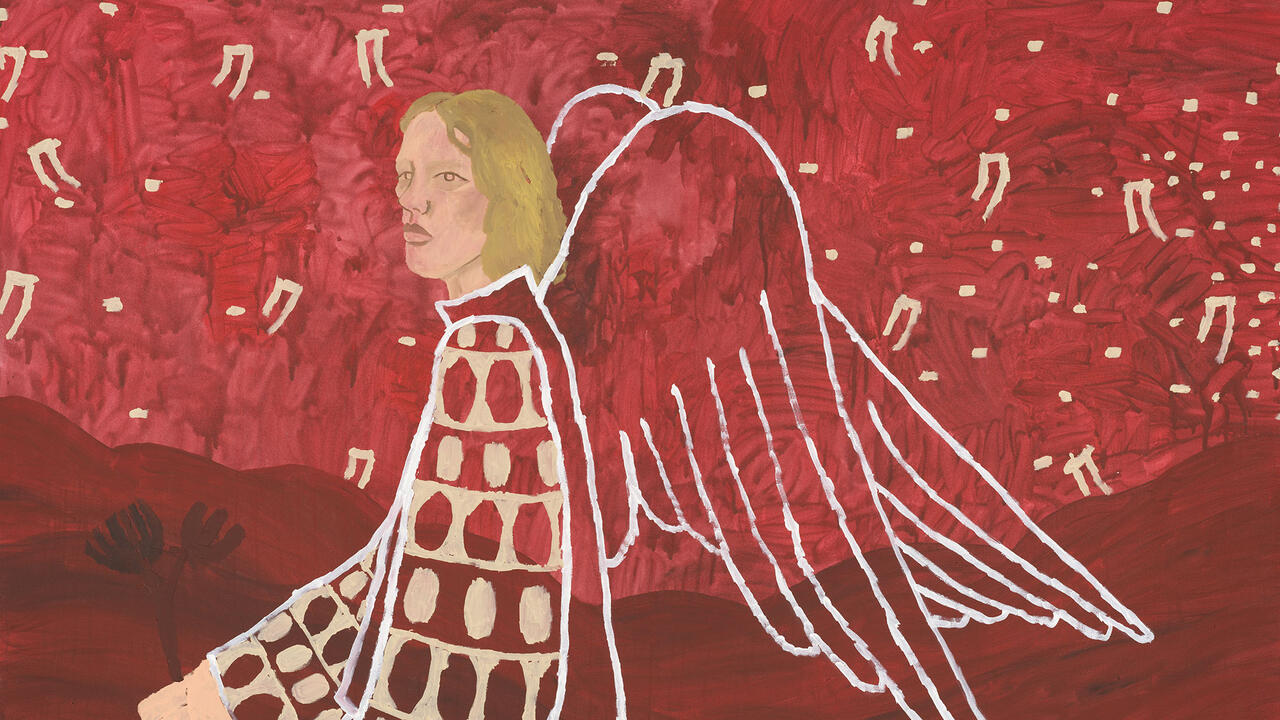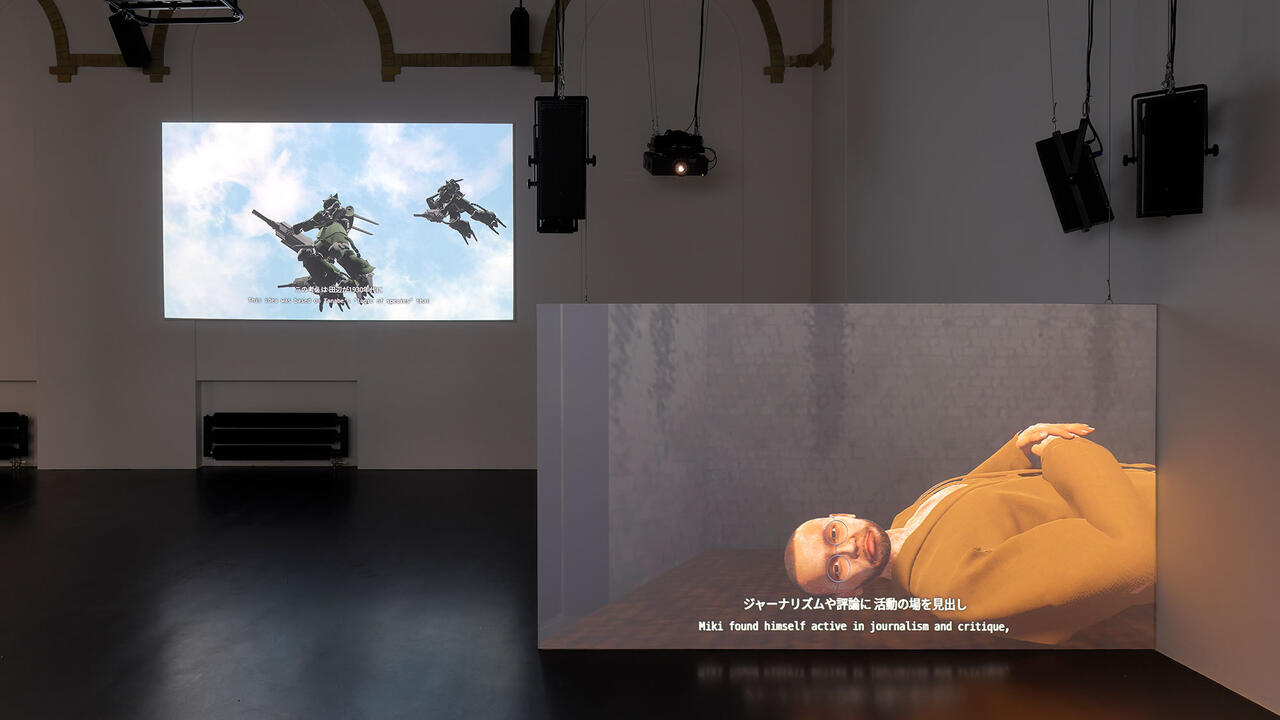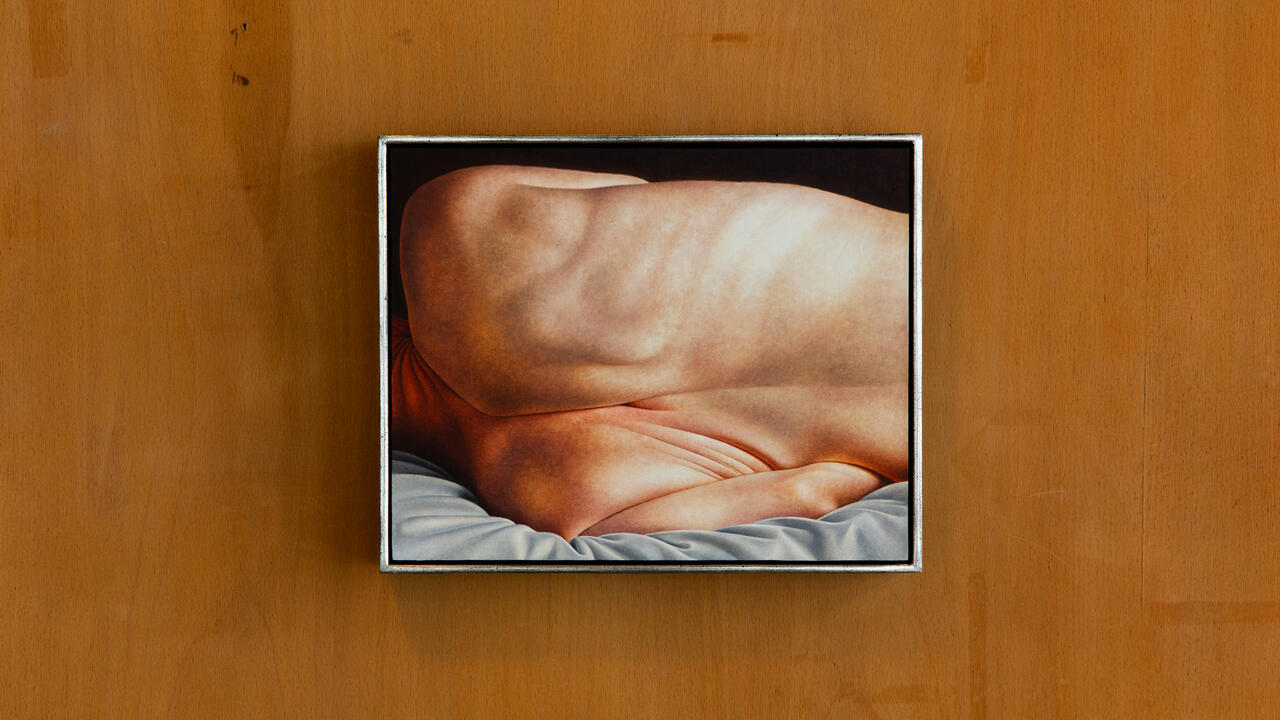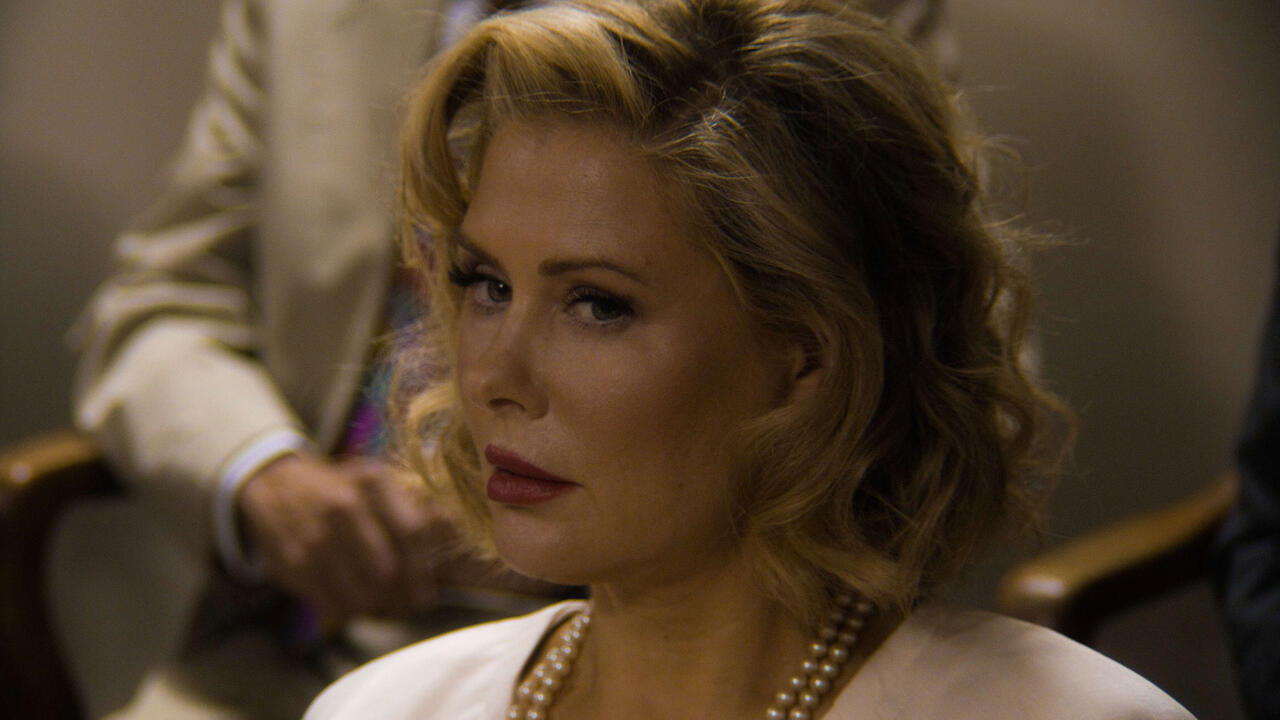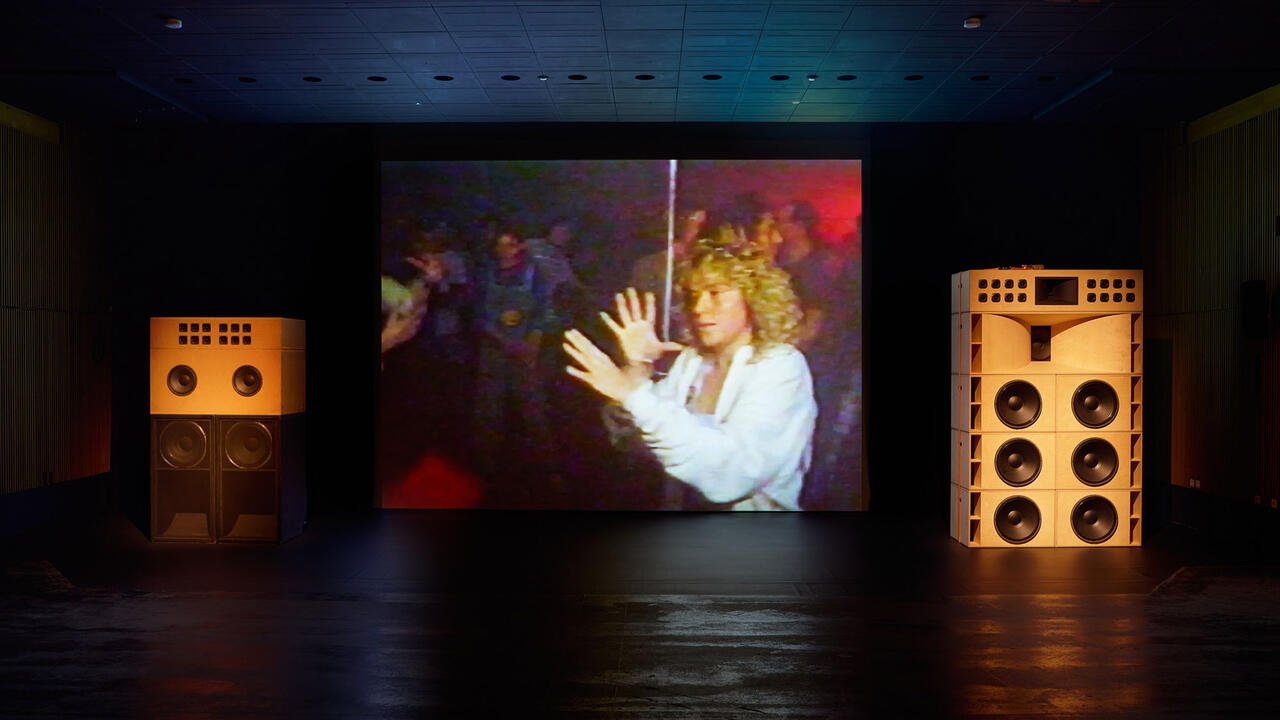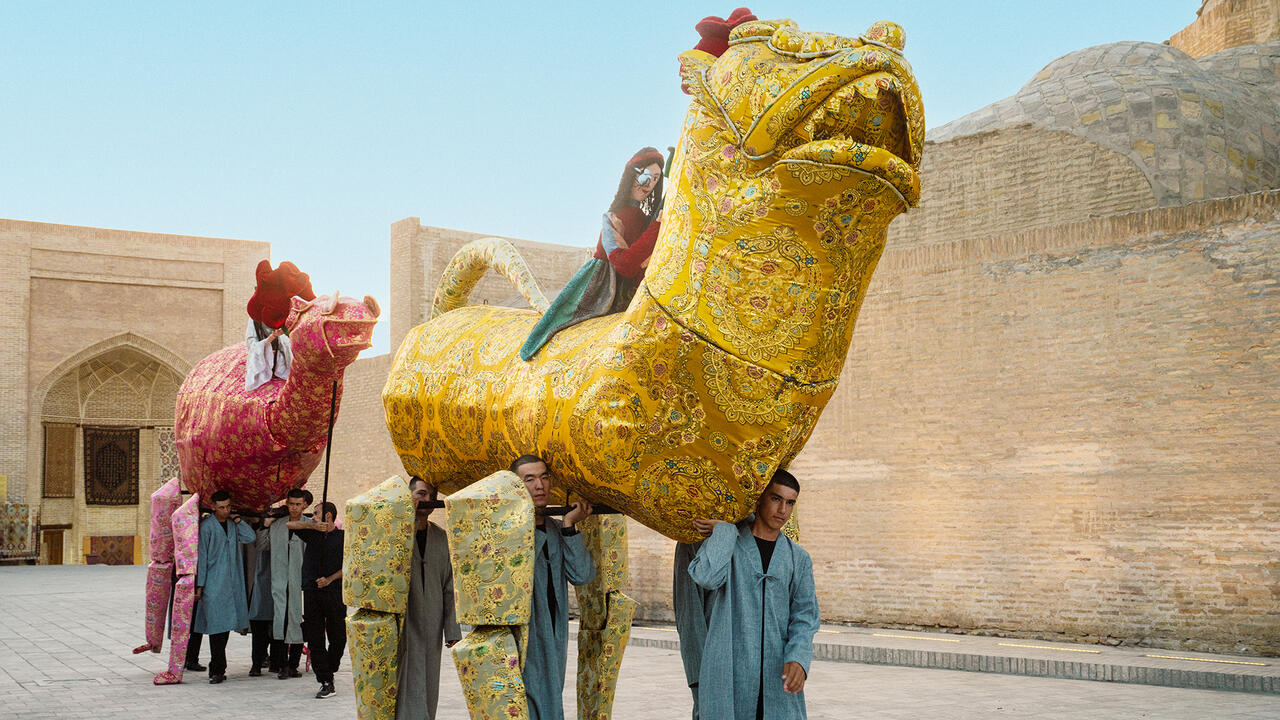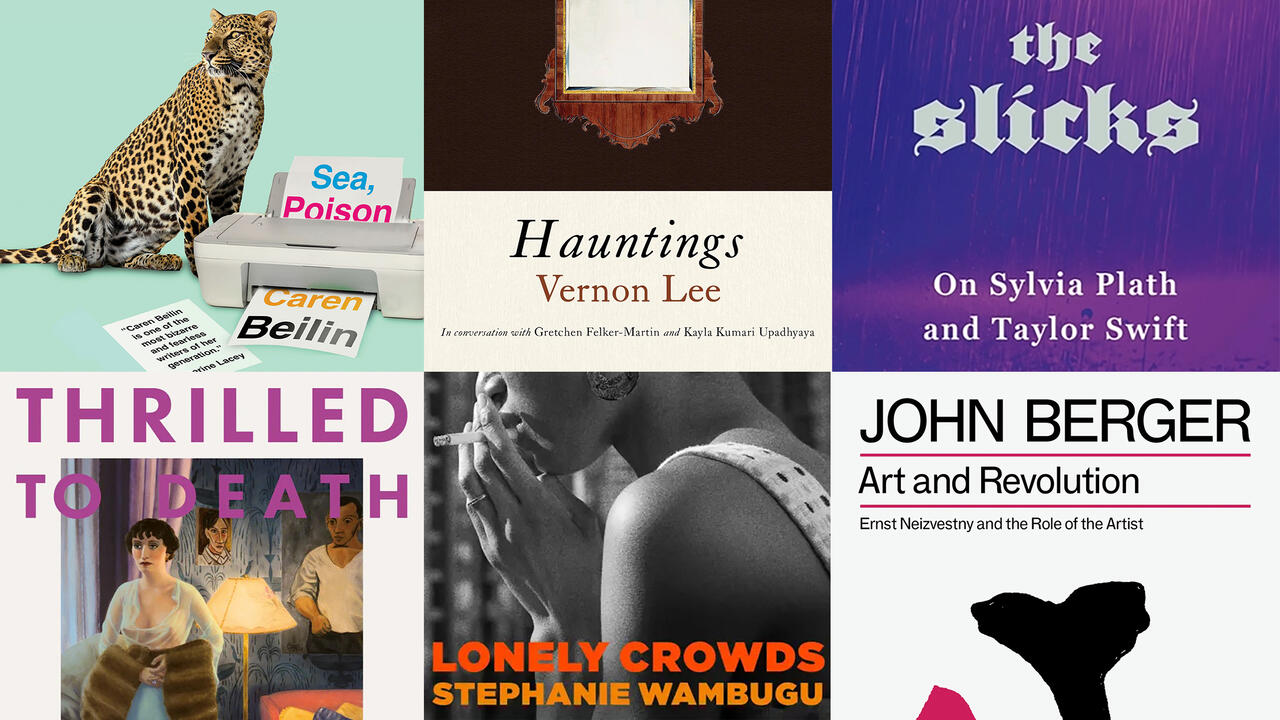Barbara Bloom's Literary Landscapes
At Capitain Petzel, Berlin, the artist pays homage to writers such as Jane Austen and James Joyce
At Capitain Petzel, Berlin, the artist pays homage to writers such as Jane Austen and James Joyce

‘I am probably a novelist, but somehow ended up standing in the wrong line,’ wrote the artist Barbara Bloom in a statement for New York’s Foundation for Contemporary Arts in 2015. In the exhibition ‘Works on Paper, on Paper’ at Capitain Petzel, her kinship with writers is immediately evident. Featuring references to Jane Austen, Roland Barthes, James Joyce and Vladimir Nabokov, alongside a number of other famous historical figures – Marilyn Monroe makes an appearance, as does Jackie Kennedy Onassis – the exhibition continues the artist’s decades-long investigation into ‘what it means’, as she writes in the show’s accompanying booklet, ‘to pay tribute [to] or honour a person or place’.
Split into two distinct sections separated by a partition wall, the exhibition opens with six pieces from Bloom’s series ‘Stand-Ins’ (1980–ongoing). Each installation comprises an unfurled backdrop paper paired with a selection of books, newspapers, photographs, clothing and furniture that attempts to tell a story. In Homage to Jean Seberg (1981), for instance, a black butterfly chair, a striped T-shirt and a copy of the International Herald Tribune (formerly New York Herald Tribune) placed in front of a black backdrop paper hint at the actor’s life and her tragic death in 1979. With Seberg’s death as one of its front-page headlines, the newspaper – which the actor sold in her breakout role as Patricia in Jean-Luc Godard’s 1960 film Breathless – here turns into a symbol both of the high point of Seberg’s career and the relentless media coverage that most likely contributed to her apparent suicide.

Sad Gray Story: Marilyn (2020) is another mise en scène in response to an actor’s life. Here, seven black and white photographs showing Monroe reading are placed next to matching colour paint samples in different shades of grey. Nearby, a collection of books in the same colour scheme owned by Monroe further suggests that the famous blonde might have more to her character than she’s given credit for.
Viewing Bloom’s homages to Monroe and Seberg, I couldn’t help but think of Oscar Wilde’s assertion from his novel The Picture of Dorian Gray (1890): ‘Every portrait that is painted with feeling is a portrait of the artist, not of the sitter.’ What is it about these women, I wondered, that so deeply resonates with Bloom? These works might be seen as an attempt to wrestle the narratives of these female figures from the jaws of the men who overtly defined their lives. The talents and career achievements of both Monroe and Seberg were often eclipsed by the media’s focus on their troubled romantic lives.

On the other side of the exhibition’s dividing wall, the series ‘Objects of Desire’ (2020) continues Bloom’s investigation into how an object can stand in for an absent person. Here, we see replicas of items, such as a psychology book owned and sketched in by Andy Warhol or Joyce’s plan for his novel Ulysses (1922), in specially designed grey display boxes (Andy’s Doodles and Joyce’s Schema). A sheet of paper with sewing pins refers to Austen’s unusual way of editing (Austen’s Pins) and tiny folded book covers of Nabakov’s Lolita (1995) hint at the author’s obsession with butterfly collecting (Nabakov’s Collection). It is the idiosyncrasies of these great men and women that seem to most capture Bloom’s attention, but her hand tailored display boxes also reflect on the techniques used to create meaning and value in museums.

Given that Bloom sees herself as more of a novelist than an artist, it’s unsurprising that her approach echoes that of literary biographers, who, by focussing on small details, attempt to humanize the larger-than-life figures they depict. But, whereas a biographer might aspire to write the definitive account of a person’s life, Bloom’s installations function through elision, finding meaning in what’s left unsaid.
Barbara Bloom, ‘Works on Paper, on Paper’ is on view at Capitain Petzel, Berlin, until 1 August 2020.
Main image: Barbara Bloom, 'Works on Paper, on Paper', 2020, exhibition view, Capitain Petzel, Berlin. Courtesy: the artist and Capitain Petzel, Berlin; photograph: Jens Ziehe










